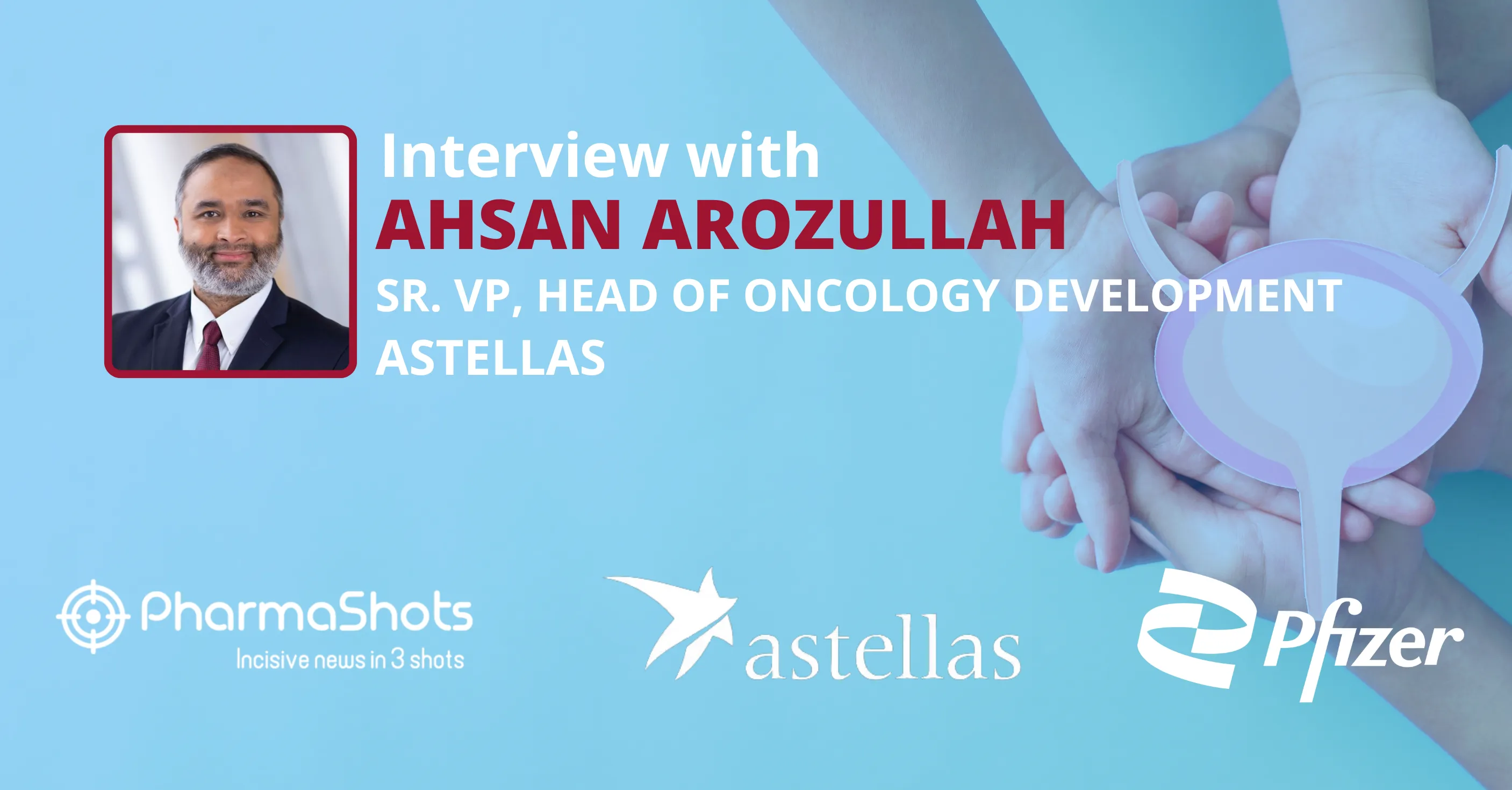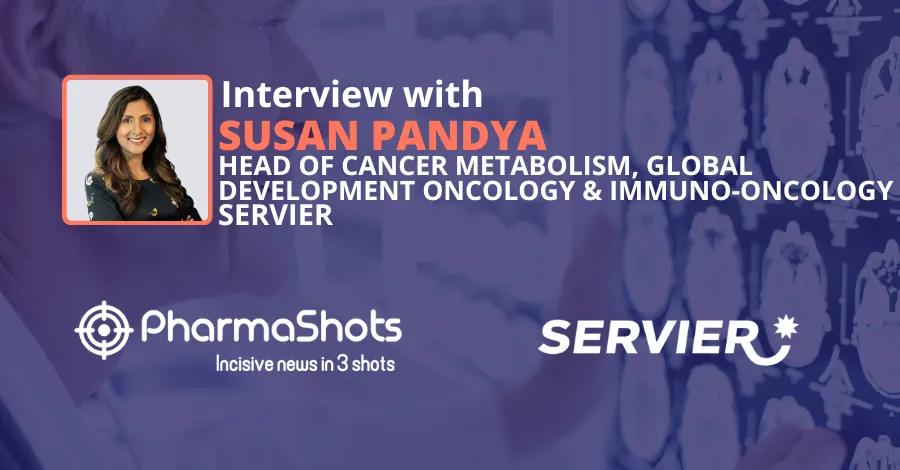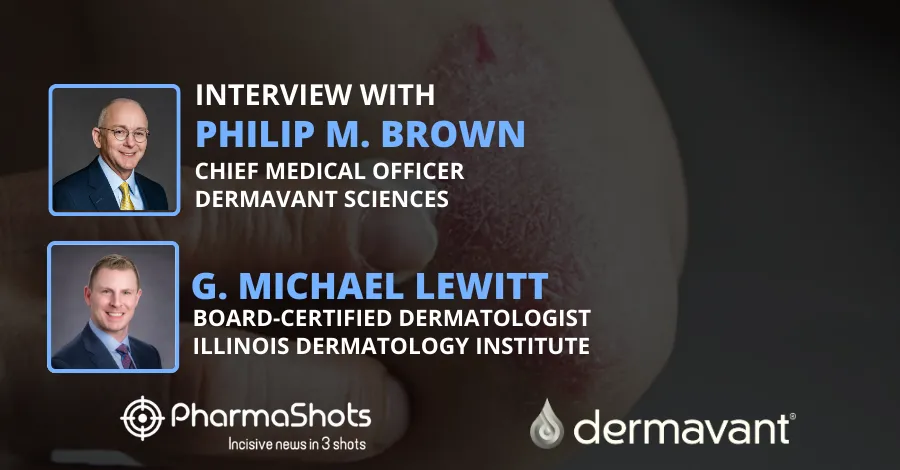
Garret Hampton, President, Clinical Sequencing & Oncology at Thermo Fisher Scientific Shares Insights from the Approval of the First NGS-Based Companion Diagnostic for HER2-Mutant NSCLC
Shots:
- Garret spoke about the approval of the first NGS-based companion diagnostic to aid in selecting NSCLC patients with HER2 activating mutations for treatment with ENHERTU
- Garret also talked about the Oncomine Dx Target Test and its availability for different targeted therapies in multiple geographies
- The interview highlights how Thermo Fisher is working to develop accessible CDx solutions to match patients with the appropriate precision therapy
Smriti: Tell us more about the recently approved indications for the Oncomine Dx Target Test and its benefits.
Garret Hampton: The Oncomine Dx Target Test was recently approved by the U.S. Food and Drug Administration (FDA) as a companion diagnostic (CDx) test for two therapies. First, it was approved as a CDx for ENHERTU®, the first HER2-directed antibody-drug conjugate approved in the U.S. for the treatment of adults suffering from unresectable or metastatic non-small cell lung cancer (NSCLC). Jointly developed and commercialized by Daiichi Sankyo and AstraZeneca, the approvals of ENHERTU in this indication and the Oncomine Dx Target Test as a CDx offers additional targeted therapy options to cancer patients with limited treatment options.
The prognosis for patients with metastatic NSCLC is particularly poor and HER2-mutant NSCLC occurs in approximately 2-4% of patients with non-squamous NSCLC. As new targeted therapeutics are available, it’s imperative to match patients with the right therapy, right away. The Oncomine Dx Target Test will be used to identify patients whose tumors contain HER2-activating mutations and who may be candidates for this treatment, so they can take advantage of its potential benefits.
In addition, the Oncomine Dx Target Test was approved by the FDA as a CDx for Lilly’s Retevmo (selpercatinib) to aid in selecting patients with RET-fusion positive locally advanced or metastatic non-small cell lung cancer (NSCLC), RET-fusion positive advanced or metastatic thyroid cancer and RET-mutation positive advanced or metastatic medullary thyroid cancer (MTC). This makes the Oncomine Dx Target Test the first next-generation sequencing (NGS)-based CDx approved for a therapy targeting RET-positive thyroid cancer and the second approved NGS-based CDx for RET-positive NSCLC.
Smriti: Tell us the reason behind developing this as a companion diagnostic for ENHERTU, Retevmo, and other targeted therapies.
Garret Hampton: By developing NGS-based CDx solutions, we enable our pharma partners to bring new targeted therapies through the approval process and make NGS testing more accessible to patients. The influx of new therapies available have the potential to transform patient outcomes.
For years, we have worked closely with our biopharma partners including Janssen Oncology, Eli Lilly, AstraZeneca, Takeda, and others to develop companion diagnostics for their targeted therapies. For targeted therapies, it is generally required by regulatory agencies that the development of companion diagnostics go hand in hand.
Smriti: What are the other therapies in which the Oncomine Dx Target Test has been approved?
Garret Hampton: Thermo Fisher has been a pioneer in the clinical use of NGS, including the regulatory approval of the Oncomine Dx Target Test in 2017 for EGFR, BRAF, and ROS1 – which marked the very first FDA-approved NGS test on the market for non-small cell lung cancer. Since then, the test has been approved in the U.S. for seven targeted therapies in NSCLC and one therapy in cholangiocarcinoma.
Late last year, we announced the Oncomine Dx Target Test was approved as a companion diagnostic to identify NSCLC patients whose tumors carry EGFR Exon20-insertion mutations and may benefit from Janssen’s targeted therapy, RYBREVANT®. Other recent approvals include identifying RET fusion-positive, metastatic non-small cell lung cancer (NSCLC) patients who are candidates for GAVRETO® (pralsetinib), a targeted therapy developed by Blueprint Medicines; identifying patients with IDH1 mutated cholangiocarcinoma (CCA) who may be candidates for Servier Pharmaceuticals' TIBSOVO® (ivosidenib tablets); and identifying patients with EGFR Exon20 insertion mutation-positive metastatic non-small cell lung cancer (mNSCLC) who are candidates for EXKIVITY® (mobocertinib), a targeted drug developed by Takeda.
Smriti: Discuss the geographic availability of this NGS CDx.
Garret Hampton: The Oncomine Dx Target Test is currently the only distributed NGS CDx that has received regulatory approval and is available in 17 countries for 15 targeted therapies, covering more than 550 million lives globally.
Smriti: Please discuss the benefits of NGS-based CDx testing to match cancer patients with targeted therapies.
Garret Hampton: NGS enables comprehensive results for multiple biomarkers in a single test. Thermo Fisher is focused on developing NGS assays and solutions that can deliver comprehensive genomic profiling results from the minimal starting material. Lower input requirements mean more, and smaller, samples can be tested, accelerating biomarker discovery to guide the development of future treatments, while enabling diagnostic testing for virtually all solid tumor samples.
As such, NGS-based CDx testing is important for identifying the specific genomic tumor mutations that more conventional testing might miss. With targeted therapies, this specificity is needed to match patients with the appropriate treatment and improve access to precision medicine. This is also a more efficient process to identify potential targeted therapy matches than sequential biomarker testing, which may waste valuable time and resources trying to identify relevant biomarker signals.
Smriti: Tell us how CDx testing is becoming more accessible and easy to use for patients and clinicians.
Garret Hampton: The Oncomine Dx Target Test is an NGS-based test, that offers the ability to identify multiple biomarkers for multiple therapies from just one sample within four days. The Oncomine Dx Target Test is available globally to enable in-house CDx testing for patients.
As NGS testing solutions become more automated and easier to use, this testing is becoming accessible for more labs, allowing smaller health systems and community centers to bring next-generation sequencing in-house. This proximity to the patient combined with a faster workflow ensures NGS test results are available quickly to help inform the best care for that patient.
Smriti: Are you planning to develop other CDx tests for solid tumors?
Garret Hampton: Thermo Fisher is currently developing a new CDx solution that is automated and easy to use, allowing smaller health systems and community centers to bring next-generation sequencing in-house. This new CDx solution focuses on solid tumor and liquid biopsy applications using the Oncomine Dx Express Test on the Ion Torrent Genexus Dx System, which received CE-IVD approval earlier this year.
Source: Canva

About the Author:
Garret Hampton is the President of Clinical Sequencing and Oncology at Thermo Fisher Scientific and leads the company’s clinical next-generation sequencing strategy. Prior to moving into industry, Garret was Assistant Professor of Medicine at UCSD, San Diego after a 2-year postdoctoral fellowship at the Salk Institute for Biological Studies. He received his Ph.D. from the Imperial Cancer Research Fund (now Cancer Research UK) under Sir Walter Bodmer. He has authored over 150 peer-reviewed articles and reviews, with 10,000-lifetime citations.
Related Post: Kindra Whitlatch, Product Applications Manager at ThermoFisher Scientific, Shares Insights on Drug Stability Testing
Tags

Senior Editor at PharmaShots. She is curious and very passionate about recent updates and developments in the life sciences industry. She covers Biopharma, MedTech, and Digital health segments along with different reports at PharmaShots.













